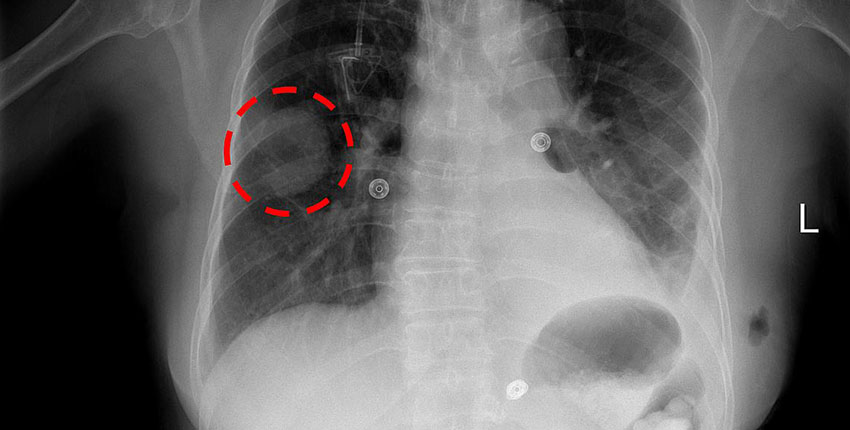
At a glance:
- Study shows AI improves performance for some radiologists but worsens it for others.
- Understanding who might benefit from AI and who would not is critical for designing tools that boost human performance.
- The findings underscore the importance of tailored AI-clinician integration over a one-size-fits-all approach.
One of the most touted promises of medical artificial intelligence tools is their ability to augment human clinicians’ performance by helping them interpret images such as X-rays and CT scans with greater precision to make more accurate diagnoses.
But the benefits of using AI tools on image interpretation appear to vary from clinician to clinician, according to new research led by investigators at Harvard Medical School, working with colleagues at MIT and Stanford.
The study findings suggest that individual clinician differences shape the interaction between human and machine in critical ways that researchers do not yet fully understand. The analysis, published March 19 in Nature Medicine, is based on data from an earlier working paper by the same research group released by the National Bureau of Economic Research.
In some instances, the research showed, use of AI can interfere with a radiologist’s performance and interfere with the accuracy of their interpretation.
“We find that different radiologists, indeed, react differently to AI assistance — some are helped while others are hurt by it,” said co-senior author Pranav Rajpurkar, assistant professor of biomedical informatics in the Blavatnik Institute at HMS.
“What this means is that we should not look at radiologists as a uniform population and consider just the ‘average’ effect of AI on their performance,” he said. “To maximize benefits and minimize harm, we need to personalize assistive AI systems.”